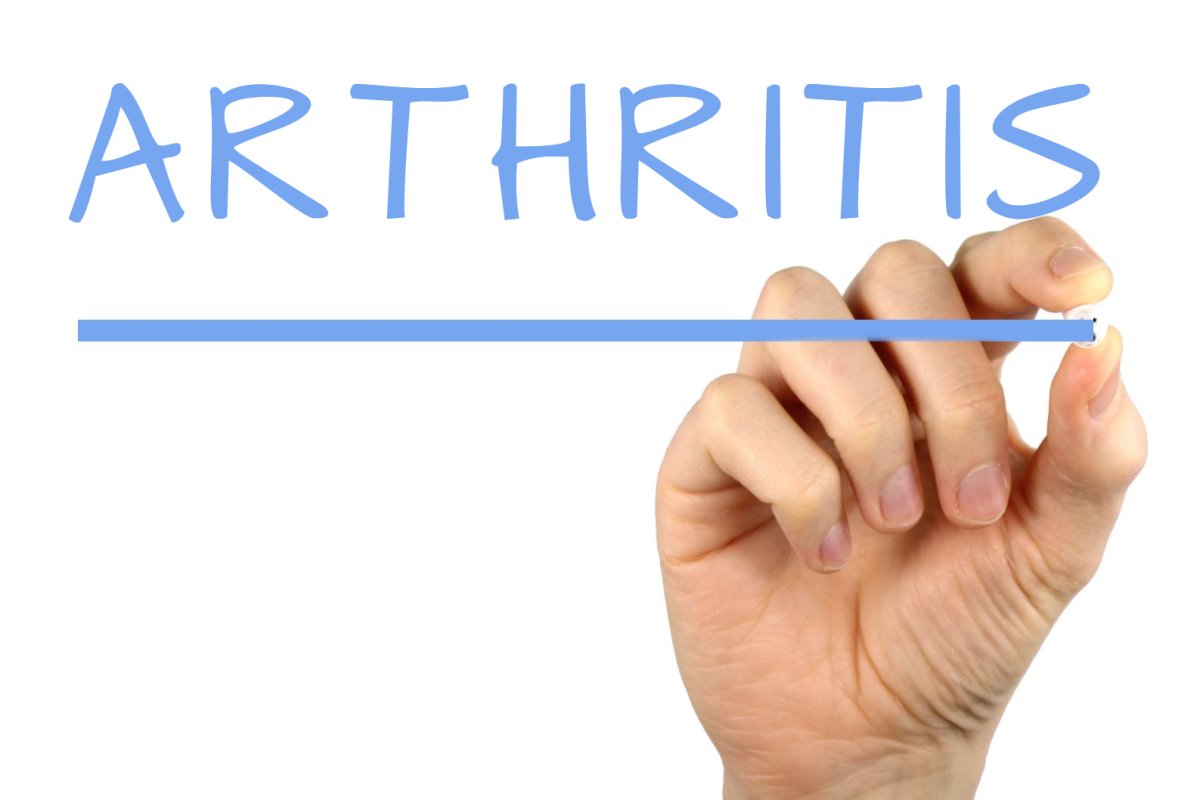Arthritis
Arthritis is very common in people beyond the age of 50. It’s a disorder associated with varying degrees of pain and inflammation. It is also common to experience deformity and dysfunctions in the body’s joints, including the knees, hips, and spine. There are over a hundred different forms of arthritis but most of them are rare. Recognizing the symptoms is the best way to ensure you get the right treatment and prevent further damage to joint tissues. If you’re in need of orthotics in Des Plaines, visit the Illinois foot and ankle clinic for expert care.
Distinguishing the Main Types
The most common type of arthritis is called Osteoarthritis (OA). OA is caused by the gradual wearing out of joints due to joint injuries, obesity, and overuse. It’s often managed by losing weight and switching to physical activities or exercises that are gentler on the joints. It can also be controlled by diet changes such as consuming less sugar and preservatives, and eating more vegetables, fruits, and water. OA affects weight-bearing joints such as hips, spine, and knees, but is also common in the hands.
Rheumatoid Arthritis (RA) is not as common as OA. However, the number of people suffering from the disease is steadily on the rise. It’s cause is not truly known, but scientists tie it down to an overactive immune system, where the immune system gets confused and attacks the joint tissues by mistake. This type of arthritis is characterized by pain and inflammation that comes periodically, referred to as flares. It usually affects the body bilaterally and seems to have a genetic link to it. Women are much more likely to develop the disorder, and unlike OA, it can affect children.
Recognizing Early Symptoms
The most common characteristic of arthritis is joint pain. Take note of any pain or inflammation in the joints, especially after exercising and using the joints extensively, or after long periods of disuse and upon waking up. Arthritic pain is usually dull, and throbbing, although severe arthritis can generate sharp and electric-like pain. The pain levels usually start out mild and progressively get worse. In the case of RA, look for joint pain and swelling which comes about due to the immune system attacking the joint capsule.
Another common early symptom of arthritis is joint stiffness and fatigue. The inability to freely move joints can come about due to pain, swelling or some degree of joint destruction. You may also hear cracking sounds as you move the joints, especially after periods of inactivity. Stiffness on one or both sides of the body can be a sign of arthritis. As the body tries to combat the inflammations, a feeling of fatigue sets in which can adversely affect moods, emotions, productivity, and sex drive.
Recognizing Advanced Symptoms
Advanced symptoms include reduced range of motion (due to excessive destructions within the joints), pain, and stiffness. This symptom may prevent you from bending down or may reduce flexibility. Reduced range of motion sets in gradually as the cartilage wears down and the bones meet each other. Septic arthritis, which is caused by infections in the joint can destroy the joint within weeks.
Take note of sudden weaknesses associated with progressive pain and reduced movement. The weakness is due to the reduced integrity of the joints, but lack of exercise, common with arthritis sufferers is also a contributing factor. You may notice that you can no longer lift objects or walk as far as you could before.

